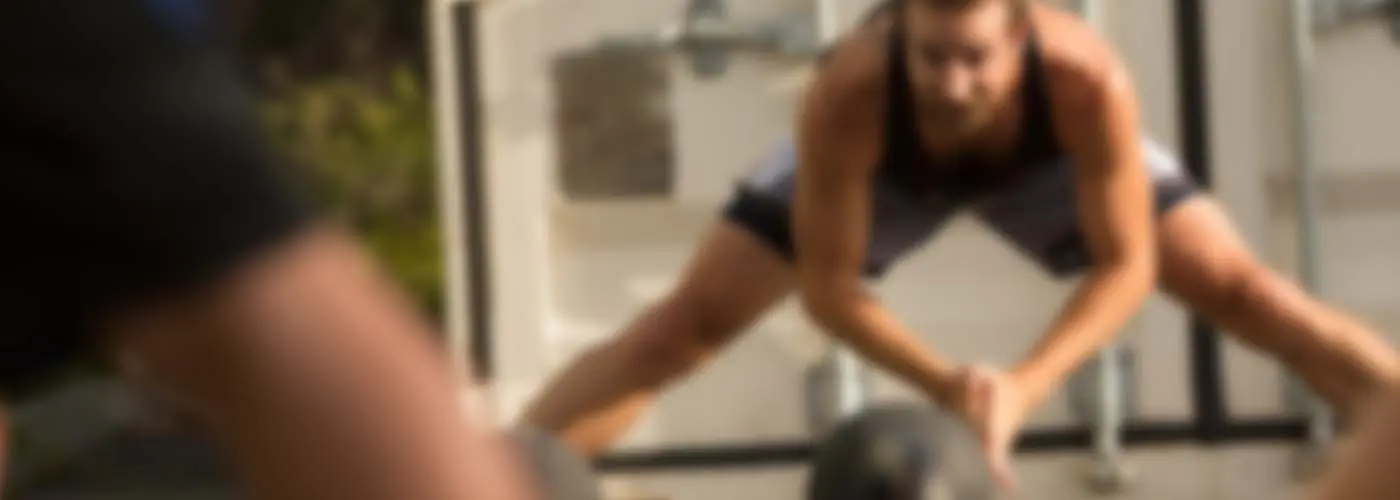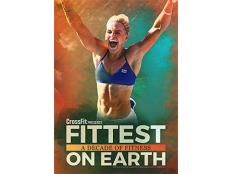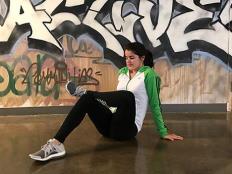If you want to run faster, bike longer or see some of that hard-earned muscle show through, you need to understand body composition. Learning about your body composition is key to your optimal performance and appearance because it can help you strategize an exercise plan in terms of your need to lose fat, build muscle or both.
Body composition testing determines how much of your body is and isn't fat. The non-fat part of your body is called lean tissue, which includes your muscle, water, bone and organs. Lean tissue is known as metabolically active tissue, the tissue that burns calories all day. The more lean tissue you have, the higher your resting metabolic rate will be. The fat part is body fat. Body fat is a storage form of energy and therefore has a very low calorie demand.
There are many different ways to measure body composition. Each method has its advantages and disadvantages. Some are more accurate than others. Here is a review of the five most commonly available methods of body composition testing (listed in order of most accurate to least accurate):
DEXA Scan
Advantages: Gold standard accuracy; Very repeatable
Disadvantages: Difficult to find; Can be expensive
How it Works:
Subject lies on a table fully clothed. A small dose of radiation passes through the body allowing X-rays to distinguish fat from muscle from bone.
*Special Note: Due to its ability to measure intramuscular fat the DEXA reading will typically be 3 to 8 percent higher body fat than all other methods of measurement.
Whole Body Plethysmography (Bod Pod)
Advantages: Very Accurate
Disadvantages: Difficult to find; Hard to pronounce
How it Works:
Subject steps inside an egg shaped "pod" wearing as little clothing as possible. The pod measures the volume of air you displace, allowing the Bod Pod to measure your overall density. Since the density of an object (in this case your body) equals mass divided by volume, we know mass equals your body weight.
Volume is measured by the bod --pod. We know the density of fat , muscle and bone and water. The percentage of body fat can be calculated from overall body density.
Underwater/Hydrostatic Weighing
Advantages: Very accurateDisadvantages: Difficult to find; You get wet during the test
How it Works:
Subject sits on a scale inside a giant tank of water. After exhaling all of the air from your lungs, you pull yourself underwater completely and sit very still for 10 seconds while the scale stabilizes. Underwater weighing also tries to measure a person's overall density.
Volume is calculated by measuring how much water your body displaces underwater. Volume equals your weight on land minus your weight under water. We know the density of fat , muscle and bone and water. The percentage of body fat can be calculated from overall body density.- 1
- of
- 2
Get ACTIVE on the Go


Couch to 5K®
The best way to get new runners off the couch and across the finish line of their first 5K.
Available for iOS | Android








Discuss This Article